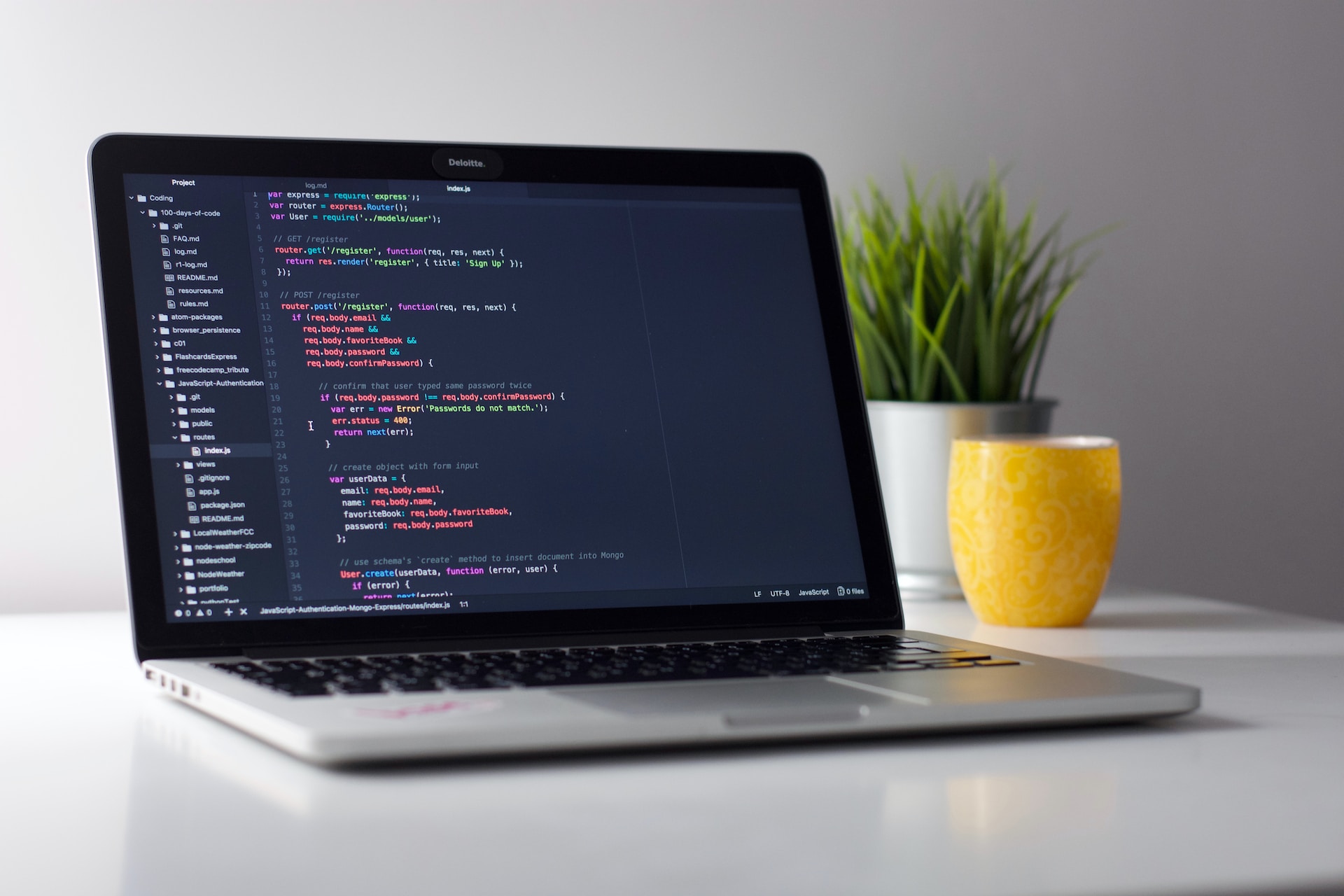Welcome to the world of Python programming!
This session on Code in Python will walk you through the fundamental concepts of Python programming, making it an ideal starting point for aspiring developers.

Why learn Python programming?
Python has been gaining immense popularity in recent years, for many reasons:
- It offers a gentle learning curve as a beginner-friendly language.
- Its readability and simplicity allow beginners to focus on learning programming concepts without getting bogged down by complex syntax.
- Its versatility extends across multiple domains, including web development, data analysis, machine learning, automation, and more.
In essence, learning Python programming equips you with a powerful toolset to bring your ideas to life, solve real-world problems, and embark on a fulfilling journey of continuous learning and growth.
Essential Python programming tools and resources
As you embark on your Python programming journey, it’s crucial to familiarize yourself with the essential tools and resources that will facilitate your learning and development process. Fortunately, the Python community offers many resources to support beginners in their quest for mastery.
The integrated development environment (IDE) can significantly improve your productivity and coding experience.
Popular IDEs such as PyCharm, Jupyter Notebook, and Visual Studio Code provide features like syntax highlighting, code completion, and debugging tools.
I did not study Python in my University studies. Online platforms and courses, such as Codecademy, Coursera, and edX guided me in learning Python. These platforms provide interactive learning experiences, with a practice coding environment.
Furthermore, Python’s official documentation and tutorial resources will help in understanding the language’s core concepts.
Best practices for Python programming
As with any programming language, following some best practices is essential for writing clean, maintainable, and efficient Python code.
First and foremost, following the PEP 8 style guide, which outlines conventions for writing Python code, ensures consistency and uniformity across projects.
Second, adopting a modular and organized approach to code structuring through functions, classes, and modules enhances code reusability, maintainability, and testability.
Additionally, incorporating meaningful variable and function names, and using descriptive comments and docstrings enriches the readability and documentation of your code.
Embracing the principles of DRY (Don’t Repeat Yourself) and KISS (Keep It Simple, Stupid) encourages the elimination of redundant code and the pursuit of simplicity in design.
Python programming for data analysis
Python’s versatility extends far beyond its capabilities as a general-purpose programming language.
Pandas is a powerful data manipulation and analysis library. It is a must for data processing and manipulation in Python. With its intuitive data structures and functions, Pandas enables users to clean, transform, and analyze complex datasets.
NumPy is a fundamental package for scientific computing with Python, facilitating advanced mathematical and statistical operations, enabling practitioners to perform intricate calculations and operations on multidimensional arrays with unparalleled efficiency.
Additionally, the rising prominence of deep learning has been fueled by Python’s TensorFlow and PyTorch libraries, which provide robust frameworks for creating and training neural networks. These libraries enable developers to tackle complex tasks such as image recognition, natural language processing, and reinforcement learning, opening doors to groundbreaking applications across various industries.
Python programming for web development
Powerful frameworks like Django and Flask empower Python developers to build dynamic, scalable, and feature-rich web applications with remarkable efficiency and flexibility.
Django, a high-level web framework, streamlines the development of web applications by providing a robust toolkit for handling routing, databases, authentication, and more. Its batteries-included philosophy equips developers with everything they need to build a complete web application, minimizing the need for third-party integrations and accelerating the development lifecycle.
On the other hand, Flask, a lightweight and versatile micro-framework, offers a more minimalist approach to web development, allowing developers to craft tailored web applications with precise control over the components they utilize. Its modular design and extensibility make it an ideal choice for prototyping, building APIs, and developing smaller-scale web projects with agility and simplicity.
Moreover, Python’s support for frameworks like FastAPI enables developers to create high-performance and responsive web applications that can handle concurrent requests and I/O operations efficiently.
Furthermore, Python’s compatibility with front-end technologies, such as JavaScript frameworks and libraries, facilitates seamless integration with dynamic and interactive user interfaces, enriching the overall user experience and functionality of web applications.
By harnessing Python’s capabilities in web development, developers can forge robust, scalable, and user-centric web applications that cater to diverse use cases and industries, amplifying their impact in the digital landscape.
Python programming for automation and scripting
Python’s innate simplicity and versatility position it as an ideal tool for automating routine tasks and streamlining complex workflows across diverse domains. From system administration and network automation to scripting and process orchestration, Python’s expressive syntax and extensive libraries make it a go-to choice for simplifying and enhancing operational efficiency.
Furthermore, Python’s subprocess module enables seamless interaction with external processes and system commands, allowing developers to execute shell commands, capture output, and manage system processes with precision and control.
Moreover, Python’s versatility as a scripting language enables developers to create custom automation scripts for diverse use cases, ranging from data processing and report generation to task scheduling and system maintenance, fostering operational efficiency and reducing manual intervention.
By harnessing Python for automation and scripting, developers can streamline repetitive tasks, enhance operational agility, and allocate more time and resources to strategic initiatives, driving organizational productivity and innovation.
So, roll up your sleeves, immerse yourself in the captivating world of Python programming, and let your imagination soar as you unravel the endless possibilities that await you in the realm of code and creation. The path ahead is brimming with potential, and Python is your faithful companion on this exhilarating adventure.
Happy coding!